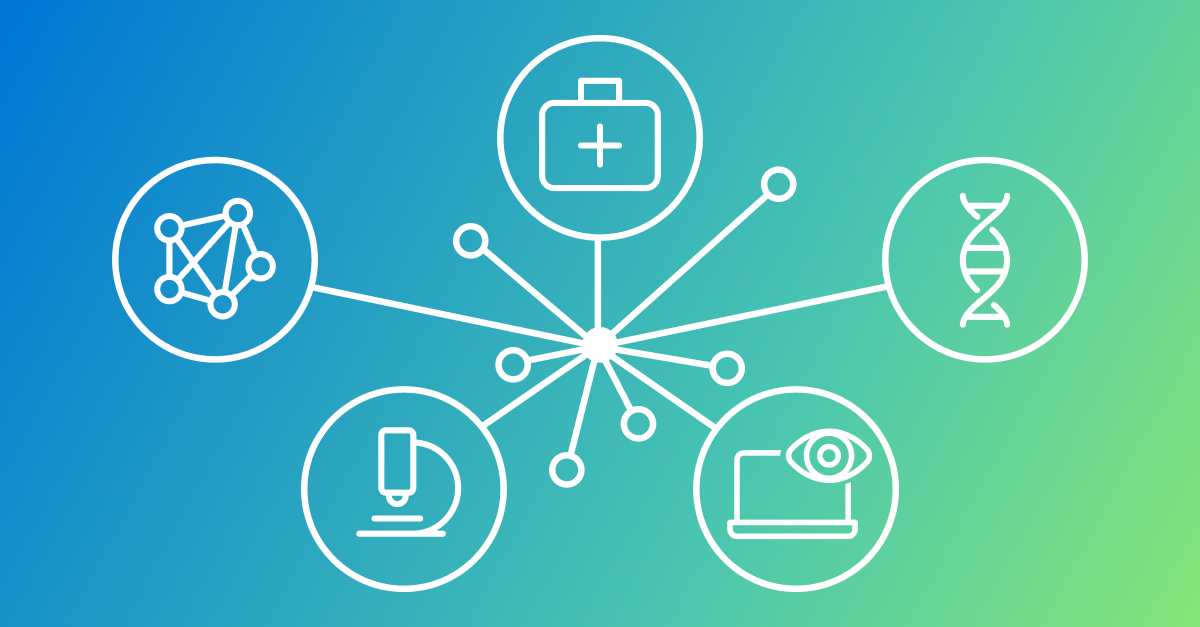Microsoft Research and Cyted have partnered to develop innovative AI models to enhance the early detection of esophageal cancer. These AI-driven methods have shown comparable diagnostic performance to the traditional manual process, potentially reducing the workload of pathologists by up to 63%.
Esophageal cancer ranks as the sixth most common cause of cancer-related deaths globally, primarily due to late-stage diagnoses, which complicate treatment. With less than 20% of patients surviving five years post-diagnosis, timely detection is crucial for improving survival rates. One avenue for early detection involves identifying individuals with Barrett’s esophagus (BE), a condition that elevates the risk of cancer development, although most patients with BE do not progress to cancer. Chronic heartburn is a significant risk factor for BE and a potential trigger for Barrett’s.
The identification of BE significantly enhances a patient’s prognosis. Detecting cancer early and initiating treatment promptly results in over 90% of patients surviving five years post-diagnosis. However, the conventional method of detecting BE often entails an uncomfortable and invasive endoscopic biopsy procedure. This process typically requires sedation, is resource-intensive, and heightens the risk of complications.
In a collaborative effort, Microsoft Research and Cyted have introduced groundbreaking advancements to enable large-scale screening for BE. Cyted, a pioneering medical innovation startup, has developed a novel capsule sponge device named EndoSign®. This dissolvable capsule, attached to a string, expands into a small medical sponge within the stomach. Upon retrieval, it gathers cells from the esophageal lining for subsequent processing, slide preparation, staining, and digital analysis.
Compared to endoscopy, the capsule sponge is simpler to administer and more cost-effective. However, pathologists are still required to review the digitized slides to identify goblet cells, which, if present in the esophagus, indicate BE. These images, which can be as large as 100,000 by 100,000 pixels, may contain only a few goblet cells per image, each cell occupying a few pixels. To confirm the presence of BE, pathologists need to examine slides stained with H&E (for cell structure observation) and TFF3 (specifically for goblet cell detection). Since most heartburn patients do not have BE, pathologists spend a significant amount of time reviewing negative cases, diverting attention from high-risk cases without more sophisticated analysis approaches.
The collaborative effort between Microsoft Research and Cyted has resulted in the development of innovative AI models capable of efficiently scanning slides for goblet cells using either H&E or TFF3 stains. This joint initiative has culminated in a Nature Communications paper titled “Enabling large-scale screening of Barrett’s esophagus using weakly supervised deep learning in histopathology.” The study leverages transformer-based multiple instance learning to facilitate BE screening. The paper introduces two key innovations: firstly, AI models can be constructed solely based on pathologists’ determinations of BE presence, eliminating the need for costly pixel-level annotations. This approach allows for the utilization of existing large capsule sponge screening datasets to further enhance model performance. Secondly, the study demonstrates the high-accuracy detection of goblet cells using only H&E slides, obviating the need for the more time-consuming and expensive TFF3 staining.
In the context of AI-assisted workflows discussed in the paper, two primary approaches are proposed to optimize the screening process. The first workflow mandates pathologist review only when either the H&E or TFF3 models predict a sample as positive, achieving comparable diagnostic performance to the current manual workflow in terms of sensitivity and specificity, potentially reducing the pathologist’s workload by 52%. The second workflow reduces the pathologist review necessity by 63% of the original load, by limiting reviews to positive predictions from the H&E model exclusively, albeit with a slightly reduced sensitivity due to the clearer visibility of goblet cells in the TFF3 stain.
The transformative potential of integrating advanced AI models into clinical workflows, as demonstrated through the collaboration between Microsoft Research and Cyted, underscores the efficiency gains for pathologists. This technology’s scalability holds promise for widespread adoption, advancing early detection efforts in combating esophageal cancer.
Cyted CEO Marcel Gehrung expressed, “This represents a significant step in our fight against esophageal cancer, offering the potential to save countless lives through early detection with our minimally-invasive capsule sponge technology.” The collaboration with Microsoft Research has been instrumental in pushing the boundaries of medical imaging and screening technologies, optimizing efficiencies throughout the testing process.
The open-sourcing of code to develop these models, designed for scalability to vast datasets using Azure Machine Learning, enables other researchers and institutions to adapt and enhance the code to suit their specific requirements. This initiative represents a significant advancement over prior work in the field, as it allows for comprehensive end-to-end fine-tuning, including the image encoder, ensuring optimal performance and accuracy.
By sharing their work, the researchers aim to not only enhance BE and esophageal cancer detection but also empower global researchers and clinicians to leverage this technology in the fight against cancer. The open-source nature of the code may facilitate the development of AI models for histopathology slides, potentially extending its application to other cancer types. This collaborative effort seeks to foster innovation, collaboration, and breakthroughs that ultimately save lives.
Cross-disciplinary collaborations like this, guided by principles of responsible AI, hold promise in addressing complex clinical challenges. Through the integration of AI models in healthcare with considerations for fairness, privacy, security, reliability, and safety, tangible improvements in patient outcomes can be realized.










